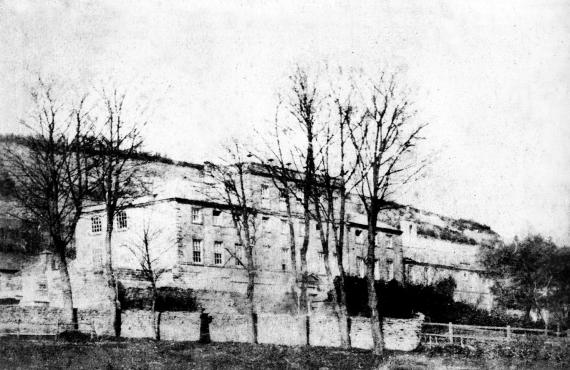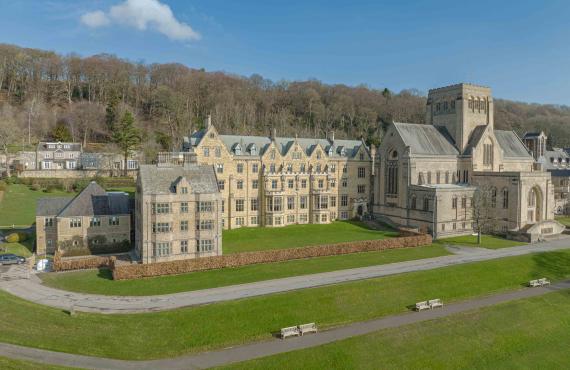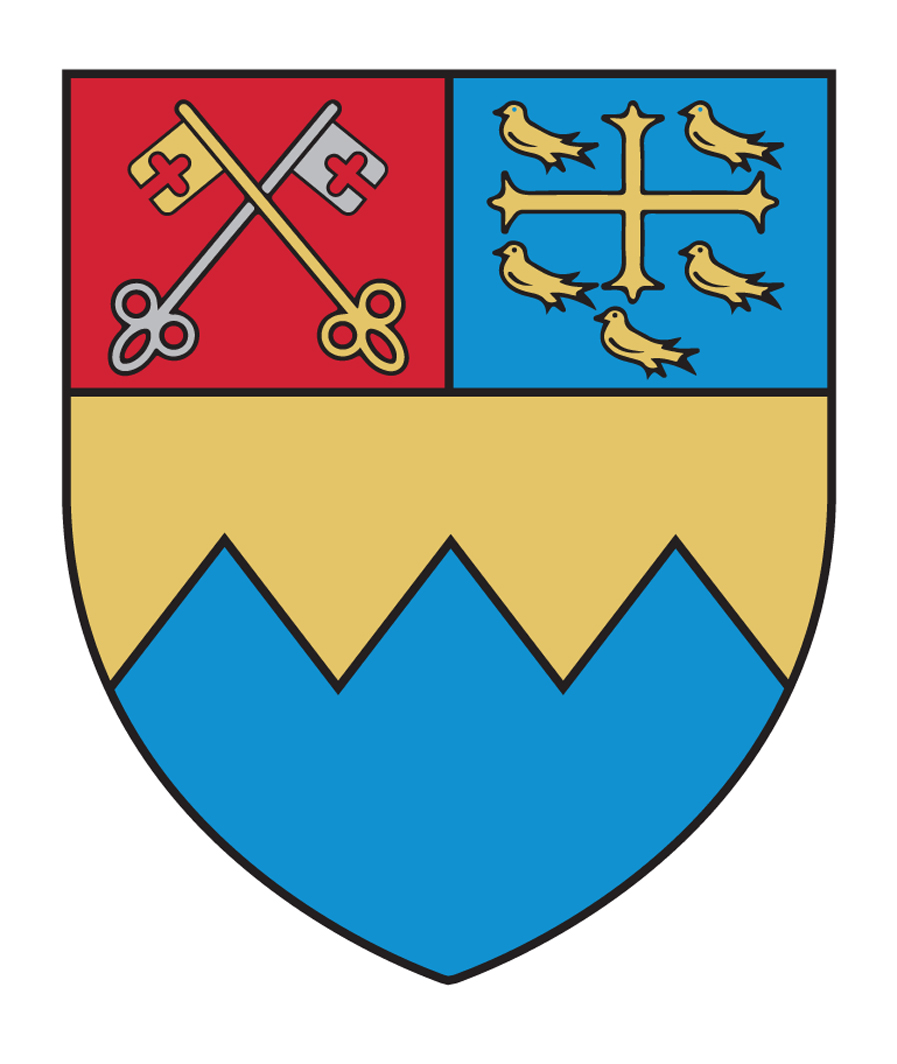
The Monks of Westminster
Although the English Benedictines had been dissolved by Henry VIII in the 1530s, one solitary monastery was re-established in Westminster Abbey by the Catholic Queen, Mary Tudor, 20 years later. After only a few years, her half-sister, Queen Elizabeth, dissolved this monastery again. By 1607 only one of the Westminster monks was left alive - Fr Sigebert Buckley.
In Exile in France
He professed a group of English monks in France, and so passed onto them the rights and privileges of the ancient English Benedictine Congregation. In 1615, these English monks took up residence in an abandoned church of St Laurence at Dieulouard, near Nancy in north-east France. The penal laws against Catholics meant that monasteries and Catholic priests were illegal in England. Many of the monks, though, were given permission to leave their monasteries to work secretly as priests in England. One monk of this English monastery in France, Alban Roe, was executed in January 1642 and was canonised by Pope Paul VI in 1970.


The Return to England
In 1792 the monks were expelled from France as part of the violence associated with the French Revolution. As luck would have it, about the same time, Fr Anselm Bolton had taken up residence in a lodge at Ampleforth. He had been Chaplain to Lady Anne Fairfax at Gilling Castle, just two miles away (formerly the site of our Preparatory School). She had built Ampleforth Lodge for him just before she died, but in 1802 Fr Anselm handed the house over to his brethren to be their new monastery. In the following year (1803) the new monastery school was opened.
Modern Ampleforth Abbey
In 1900 the major monastic houses became independent Abbeys with their own elected Abbot. At this time Ampleforth was a community of just under 100 monks and the first Abbot of Ampleforth was Fr Oswald Smith, who continued in office until his death in 1924. He was succeeded as Abbot by Fr Edmund Matthews, who appointed Fr Paul Nevill as Headmaster of the school. Under the leadership and guidance of these two men, the school was transformed into a leading boarding school.
At its height in the mid-1960s there were 169 monks in the community. Although the community is now a quarter of that size, the monks continue to work as chaplains in schools, on parishes, and in the hospitality apostolate, offering retreats and courses to the thousands of visitors who come to Ampleforth Abbey each year.
And so today, we are committed to support and serve each other, as we strive daily for personal and communal holiness, in fidelity to monastic living. We seek to establish and maintain a joyful, simple and balanced life in prayer, work and time for each other. We aim to serve the Church and the world in all our works, including our traditional commitment to pastoral ministry and hospitality, trying to recognise Christ in all we meet.
In all this, we aspire to offer to the secular world a witness to the lasting values of the Gospel.
Your support makes a valuable contribution to our work.
You can support the Abbey in many ways, from making a donation, to volunteering.


